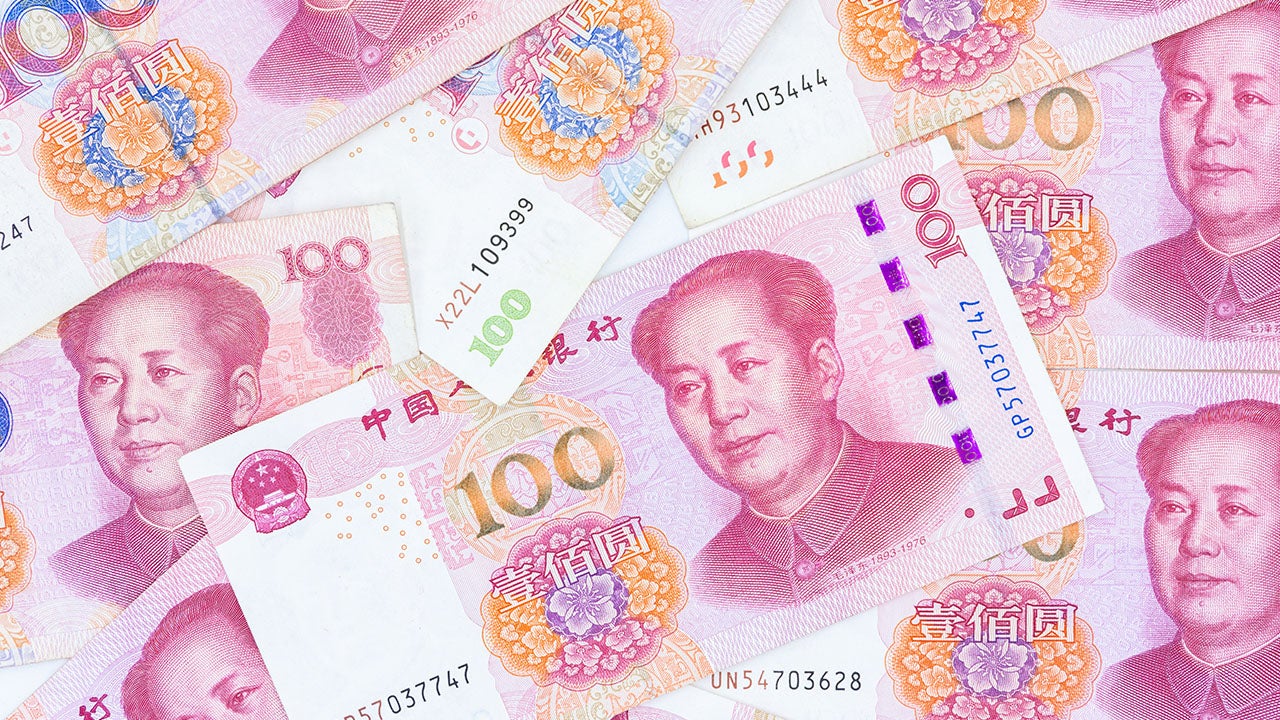RMB outlook for 2H 2024

When thinking about the outlook the CNY, we expect much of it will depend on the USD trajectory. We expect that the USD could hold up all too well in general since the US is running a mix of loose fiscal though relatively tight monetary policies.
We expect the CNY would tend to be under some depreciation pressure though these pressures could start to subside with some cyclical dollar downside as the Fed eases later this year into next. We suspect that over the next 12 months, to see a change in conditions as the Fed turns from being tight to being neutral and this would reverse some of the recent USD strength. A Trump 2.0 presidency could also impact the dollar trajectory, which we explore below.
It makes sense to us to have long-term USD exposure unhedged though shorter-term hedged all the while hedging CNY exposure.
Our rationale:
Our outlook for currencies is dependent on any given economies’ growth, rate differentials, curve slopes and terms of trade. These dynamics point indirectly to inflation differentials. Overall, it suggests that CNY could weaken and is still not cheap.
Note: China FX Spot Rates
Source: Macrobond, Citi, OECD, Invesco. Daily data as of 21 June 2024
Though CNY has fallen against the USD lately1, it is still not cheap relative to history. The CNY was pegged to the USD until 2015 and since then, the China foreign exchange trade system (CFETS) basket has a heavy component of dollar fixing.
On the one hand, the PBOC and State Council seem to be engaged in constrained easing – in order to avoid another debt binge and asset bubble in stocks or the property market. On the other hand, policymakers are seeking to revitalize the economy through “new productive sources” coupled with old economy methods to boost growth such as infrastructure stimulus and net exports.
None of these are likely to move the needle sufficiently in such a big economy like China -because over time we are still looking at downwards pressure on the GDP deflator and nominal growth – which is being amplified by an accelerating demographic transition towards an aging and shrinking population. This all points to low yields, lower equity valuations and cheapening currency – though some of this is balanced by capital controls, fiscal stimulus and total factor productivity gains through new technologies.
Note: BIS Broad CNY Real Effective Exchange Rate Index
Source: Bloomberg. Quarterly data as of 31 May 2024
China’s downward pressure on inflation argues for the PBOC to accept some, gradual depreciation pressure as it has been doing until now.
If Trump wins, the Make America Great Again (MAGA) and America First policies are likely to return front and center – including a wide range of tariffs which could in theory boost USD. There are examples in the past where similar economic dynamics led to strength in the USD, such as in the 1980s which saw also saw loose fiscal and tight money supply coupled with trade barriers and in 2018-2020 which also saw similar fiscal, monetary and trade characteristics.
Worrying for Asian economies and currencies, Trump and Robert Lighthizer, his former US trade representative, discuss the strength of the USD a great deal, and Lighthizer has said that he would like to devalue the dollar as it makes American exports and companies uncompetitive. Whether this happens or not is yet to be seen and it’s still not clear how they would pursue a devaluation – or a forced appreciation of Asian currencies such as what we saw with the JPY during the Plaza Accords in the 1980s. It’s important to note the tail risk for Asian currencies especially if Trump is re-elected.
The strength of the dollar has lasted for over a decade now – since the growth differential with the EZ, UK and Japan has widened, and more recently improved with China and most EMs. The US economy has shifted to a higher nominal growth rate path but also higher real GDP growth, inflation, productivity and population growth. The world’s largest economy has also better terms of trade – net exporter in energy and soft commodities as well as services. Theory and experience in the US and elsewhere could suggest a higher equilibrium currency valuation – since all these factors suggest that both the US cyclical r* and structural r* - otherwise known as the neutral policy rate in which it is neither expansionary nor contractionary – have risen relative other major economies. The r* in China has fallen relative to other major economies.
Note: BIS Broad USD Real Effective Exchange Rate Index
Source: Bloomberg. Quarterly data as of 31 May 2024
With contribution from Arnab Das and Paul Jackson.
Footnotes
-
1
In real effective exchange rate terms




